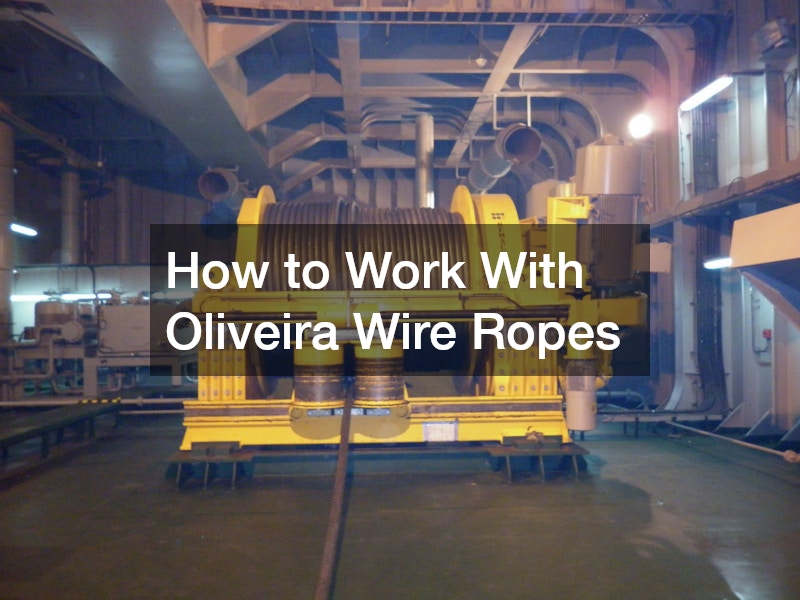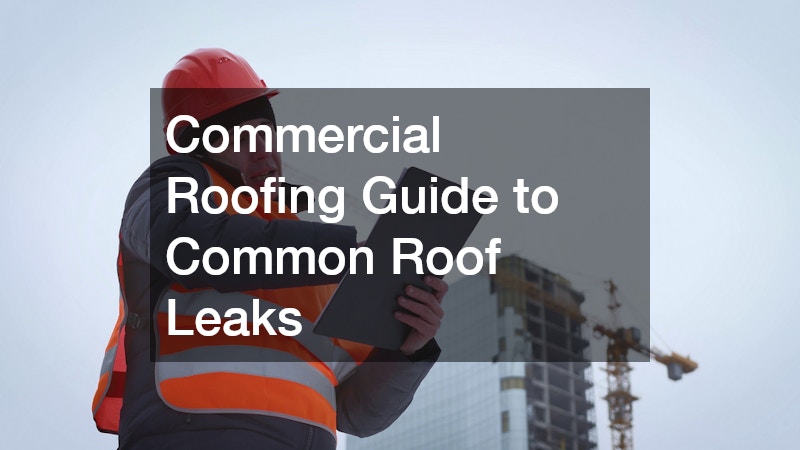Oliveira wire ropes are known for their high quality, durability, and performance in a variety of demanding applications, from construction to maritime operations. Working with Oliveira wire ropes requires a clear understanding of proper handling, installation, and maintenance procedures to ensure safety and longevity. Here’s a guide on how to work effectively with Oliveira wire ropes.
Selecting the Right Wire Rope
Before beginning any project, it’s crucial to select the right type of Oliveira wire rope for the job.
Consider factors such as load capacity, flexibility, abrasion resistance, and environmental conditions. Oliveira offers a wide range of wire ropes, each designed for specific applications, such as lifting, hoisting, or towing. Ensure that the rope you choose meets the specifications required for your particular task, including the correct diameter, construction type (e.g., 6×19, 8×36), and breaking strength.
Handling and Storage
Proper handling and storage of Oliveira wire ropes are essential to maintaining their integrity. When handling the wire rope, avoid dragging it across rough surfaces, which can cause abrasion or kinks. Use appropriate lifting equipment to move the rope, such as slings or lifting beams, to prevent damage.
For storage, keep the wire rope in a dry, covered area away from direct sunlight and corrosive substances. Coiling the rope correctly is also important—always coil it in the natural lay direction to prevent kinks and twists. If the rope is stored on a reel, ensure that the reel is properly supported and can rotate freely to avoid flat spots or deformities.
Installation and Tensioning
When installing Oliveira wire ropes, it’s important to follow proper procedures to ensure safety and performance. Begin by inspecting the rope for any visible damage or defects before installation. During the installation process, maintain the correct tension to prevent slack or over-tensioning, which can reduce the rope’s lifespan and load-bearing capacity.
When attaching the wire rope to equipment or load-bearing points, use appropriate terminations, such as wire rope clips, sockets, or thimbles. Ensure that these fittings are installed correctly and securely, following the manufacturer’s guidelines. Incorrect installation can lead to slippage or failure under load.
Regular Inspection and Maintenance
Regular inspection and maintenance of Oliveira wire ropes are crucial for ensuring their safe operation. Inspect the wire rope frequently for signs of wear, corrosion, broken wires, or kinks. Pay special attention to areas where the rope passes over sheaves or through guides, as these are common points of wear.
Lubrication is another important maintenance task. Oliveira wire ropes are typically pre-lubricated during manufacturing, but additional lubrication may be necessary depending on the application. Use a compatible lubricant that penetrates the rope’s core and provides protection against corrosion and wear.
Replacement and Disposal
Despite their durability, wire ropes have a finite lifespan and must be replaced when they show signs of significant wear or damage. Replace the rope immediately if you notice broken wires, significant corrosion, or any reduction in diameter. When disposing of old wire ropes, follow appropriate disposal procedures, considering environmental regulations and recycling options.



